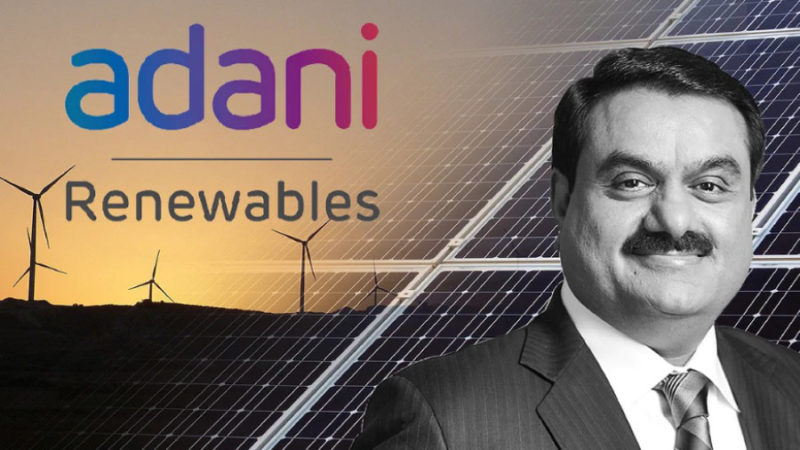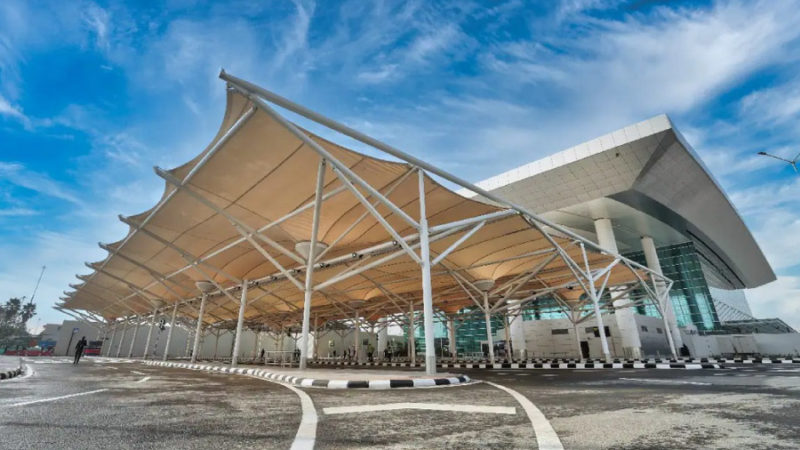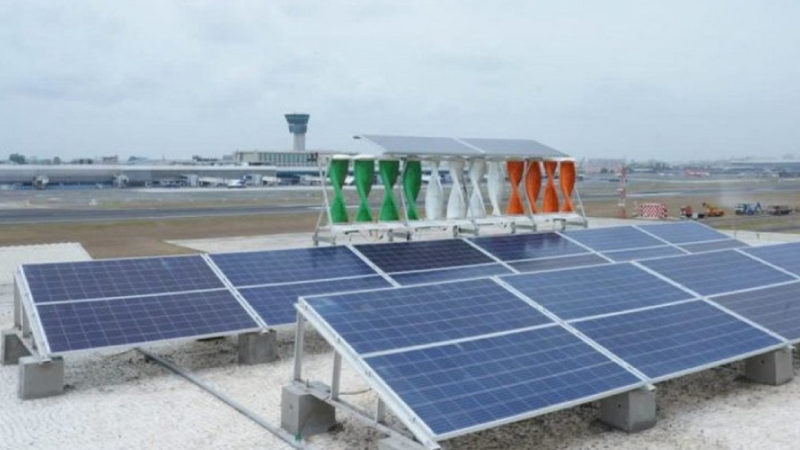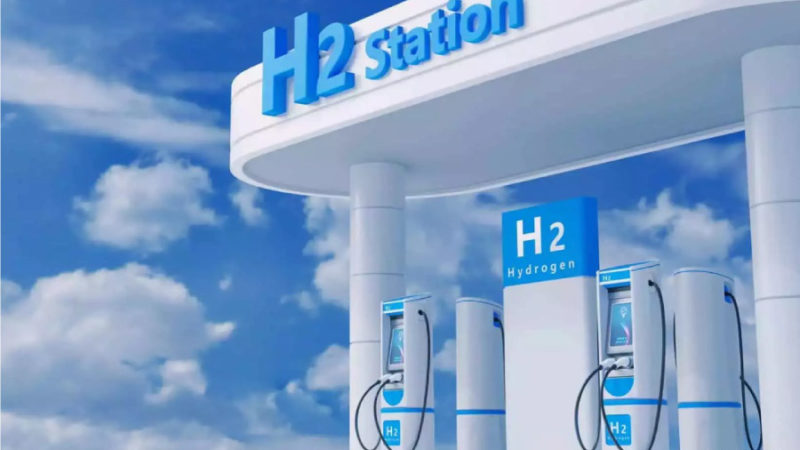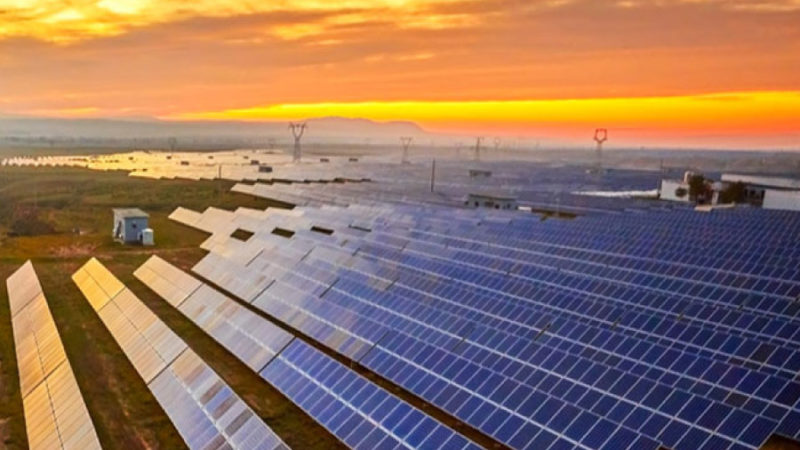Renewable Grid Integration
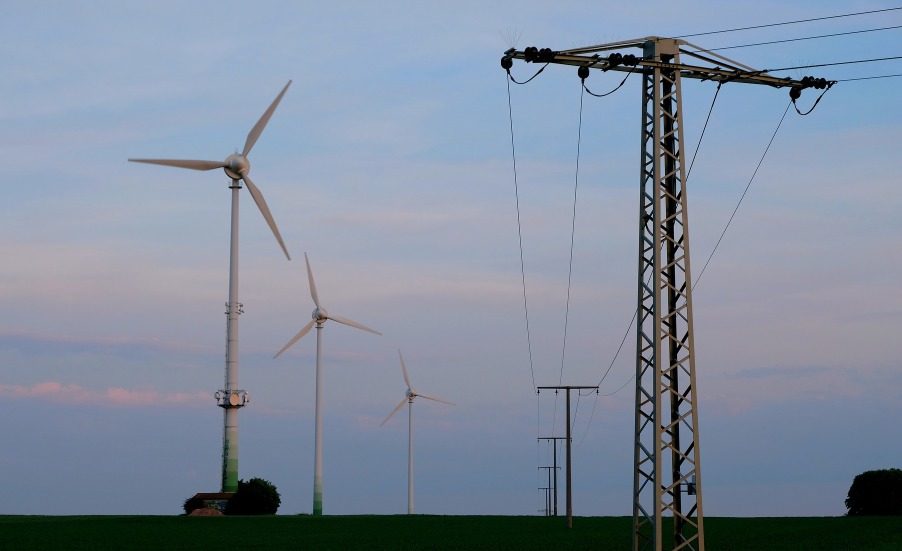
Continuously increasing share of renewable energy in India’s energy mix needs modification in the country’s transmission network.
Renewable energy capacity in India has doubled in the past five years as the sector has been witnessing unprecedented expansion. India aims to add 175 GW of renewable power capacity by 2022, with 100 GW of solar and 60 GW contribution from wind. In order to keep up with the pace of this expansion, there is an urgent need to address the problems related to the intermittency of renewable energy generation. As of now the renewable penetration in the grid is manageable due to its low penetration.
As the government is strongly focusing on the renewable capacity addition the sector is destined to see high levels of renewable penetration in the future. Therefore, it is imperative to work out a way forward for facilitating large scale integration of such variable Renewable Energy Sources (RES) in the grid, keeping in view the security of the grid.
Since the increasing integration of renewable energy generation capacity with the national grid requires the expansion and modernization of the existing intra and interstate distribution systems as well as the transmission grid. Thus, it becomes utmost essential to modify the existing transmission network. This requires an enabling framework of policies, processes, tools, training and skill building amongst the current grid operators and managers.
In this respect, the government has undertaken a number of initiatives like the Rs 380 billion Green Energy Corridors (GEC) project including intra-state and interstate transmission systems. Further, in order to evacuate green power from renewable-rich states, renewable energy management centers (REMCs) are being set up along with control infrastructure under the GEC project.
For funding of GECs in both intra- and interstate transmission projects, KfW Germany is providing a soft loan of around Euro 1 billion. Powergrid has also entered into a loan agreement with the Asian Development Bank for $500 million to partly fund the GEC project. Under GEC, intra-state transmission systems are being implemented by the respective state transmission utilities and interstate transmission systems are being implemented by Power Grid Corporation of India Limited (Powergrid). In addition to this, the establishment of dedicated renewable energy management centers is need of the hour, which is a global best practice to facilitate the large-scale integration of renewable energy into the grid. Renewable Energy Management Centre (REMC), equipped with advanced forecasting tools, smart dispatching solutions & real-time monitoring of RE generation, can closely coordinate with the grid operations team for safe, secure and optimal operations of the overall grid.
Thus has planned a number of REMCs which shall be responsible for all information regarding renewable energy power generation in their respective areas, which could be on the state, regional or even national load dispatch center (LDC) level. These REMCs will help to evacuate green power from renewable-rich states including Andhra Pradesh, Gujarat, Himachal Pradesh, Karnataka, Maharashtra, Rajasthan, Madhya Pradesh and Tamil Nadu.
The estimated cost of setting up REMCs under the GEC project is Rs 2.34 billion, which will be supported by a grant from the government. The first contract for the establishment of an REMC in Chennai will soon be awarded. Further, there will be a release of a tender for the next REMC for the western region. Gradually, India will have a large number of REMCs to support the growing renewable energy capacity.
The functionalities of REMCs include forecasting of renewable energy generation in their areas of jurisdiction on a day-ahead, hour-ahead, week-ahead basis; real-time tracking of generation from renewable energy sources and its geospatial visualisation; close coordination with the respective LDCs for generation; and smooth grid operations.
In 2014, the government had approved the scheme of the Power System Development Fund (PSDF) for smooth operations. The PSDF can be utilised for setting up transmission systems of strategic importance based on the operational feedback from LDCs to relieve congestion in the inter- and intra-state transmission systems. This fund can also be utilised for the renovation and modernisation of transmission and distribution systems. As of February 2017, 57 projects worth Rs 72.68 billion have been sanctioned under the PSDF scheme.
According to the Ministry of Power, a number of interregional transmission corridors are being planned and implemented for the transfer of power from surplus states/regions to deficit states/regions on a short-term basis, subject to the availability of margins in these lines. These lines will interconnect the five regional grids – northern, western, southern, eastern and north-eastern regions.
Renewable generation from wind and solar has increased substantially during the past few years and currently forms a significant proportion of the total Renewable generation portfolio in the Indian grid. Thus these initiatives along with a comprehensive policy framework if implemented in timely manner are sure to provide a positive environment for rapid renewable energy development in the country.


